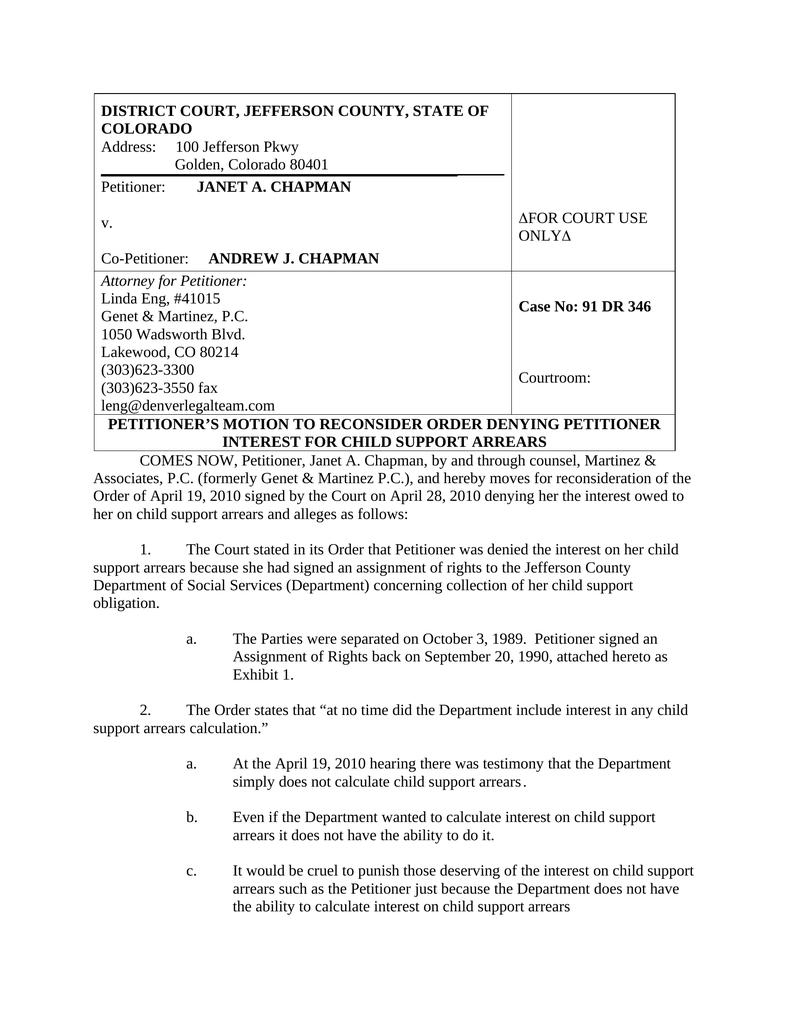

And additional rules and laws might apply to them. But there are different types of motions for different purposes. These are the basic rules that govern motions. You should discuss your evidence in your memorandum of points and authorities, attach it to your motion, file it with the court, and serve it to the other side. (EDCR 2.21(a).) Click to visit Discovery Stage: Getting the Information You Need to learn more. Your evidence might also be discovery responses you received from the other side (answers to interrogatories, responses to requests for production, or responses to requests for admissions). Your evidence could also be an affidavit or declaration in which you state facts and information you know from your own personal knowledge and experience. Your evidence could be a contract, photographs, e-mails between the parties, or any other document that supports your position.

Most motions are supported by some kind of evidence.

Motions are powerful tools, but they’re tricky. TIP! It’s a good idea to talk to a lawyer if you’ve received a motion or you're thinking of filing one. Preparing a reply in support of your motion To learn more, click to jump to one of these sections below: You mail a notice of entry of the order to all the parties in the case You file the signed order with the court clerkġ1. The judge signs a written order granting or denying your motionġ0.

The judge conducts a hearing and makes a decisionĨ. You file a reply in support of your motion with the courtħ. The other side files a written opposition to your motion with the courtĦ. You “serve” (mail) your motion to the other sideĥ. The court clerk inserts the date and time your motion will be heard by the judgeĤ. You file your motion with the court clerkģ. If you want to file a motion, the process is generally something like this:Ģ. A “motion” is a written request to the judge that asks for a ruling on some issue in the case. Or you can use them to resolve some specific issue before trial.ĭuring a civil case, most of your interactions with the judge will be the result of you or the other side filing a written motion. You can use motions to try to resolve the case completely.
#FREE SAMPLE MOTION FOR RECONSIDERATION AN ORDER IN FLORIDA HOW TO#
Learn how to file a “motion” (a written request for some type of relief) to get your case – or part of your case - in front of the judge for a decision.


 0 kommentar(er)
0 kommentar(er)
